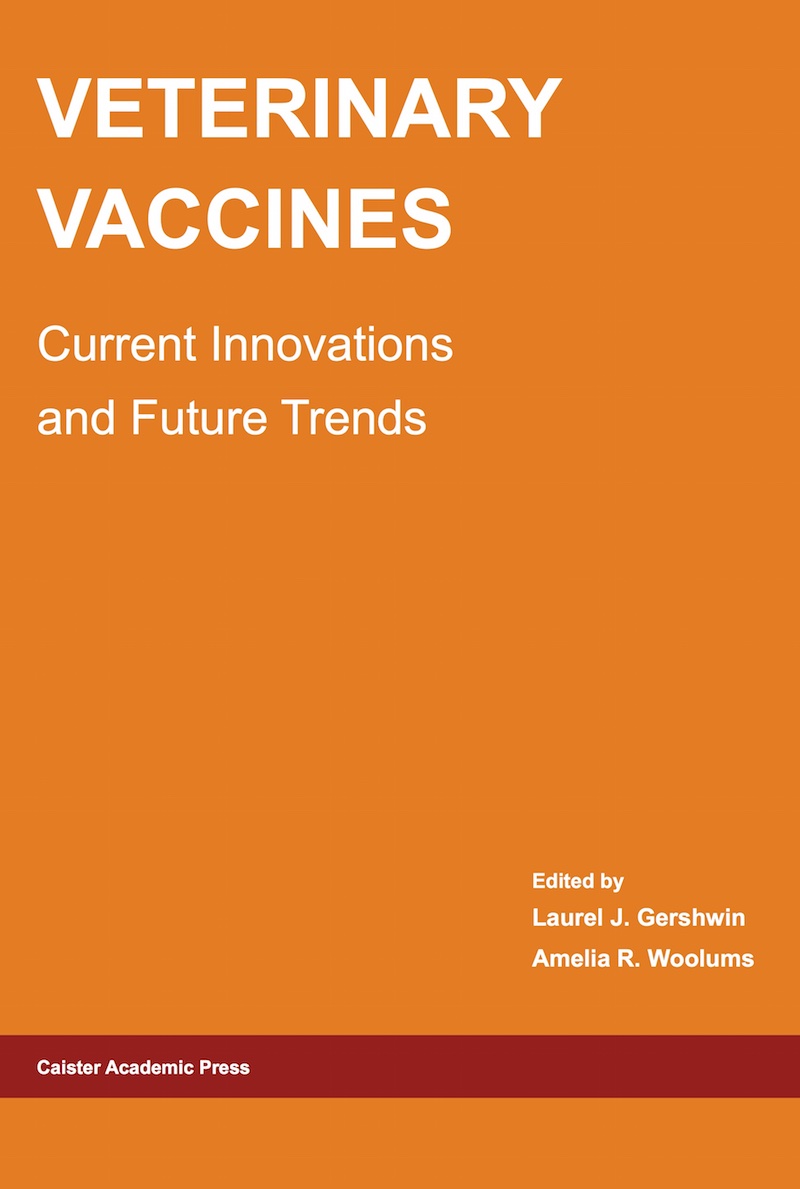Shigella
Recommended reading:
Climate Change and Microbial Ecology | Polymerase Chain Reaction | SUMOylation and Ubiquitination
A review of Shigella.
Shigella
Adapted from Keith A. Lampel in Foodborne Pathogens: Microbiology and Molecular BiologyShigella: Shigella species are members of the family Enterobacteriacae and are Gram negative, non-motile rods. Four subgroups exist based on O-antigen structure and biochemical properties; Shigella dysenteriae (subgroup A), Shigella flexneri (subgroup B), Shigella boydii (subgroup C) and Shigella sonnei (subgroup D). Clinical manifestations include mild to severe diarrhea with or without blood, fever, tenesmus, and abdominal pain. Further complications of the disease may be seizures, toxic megacolon, reactive arthritis and hemolytic uremic syndrome. Transmission of the pathogen is by the fecal-oral route, commonly through food and water. The infectious dose ranges from 10-100 organisms. Shigella spp. have a sophisticated pathogenic mechanism to invade colonic epithelial cells of the host, man and higher primates, and the ability to multiply intracellularly and spread from cell to adjacent cell via actin polymerization. Shigellae are one of the leading causes of bacterial foodborne illnesses and can spread quickly within a population.
Further reading
- MALDI-TOF Mass Spectrometry in Microbiology
- Climate Change and Microbial Ecology: Current Research and Future Trends
- Gas Plasma Sterilization in Microbiology: Theory, Applications, Pitfalls and New Perspectives
- Flow Cytometry in Microbiology: Technology and Applications
See also: Current microbiology books



